Simona Perotto
A deep learning approach for detection and localization of leaf anomalies
Oct 07, 2022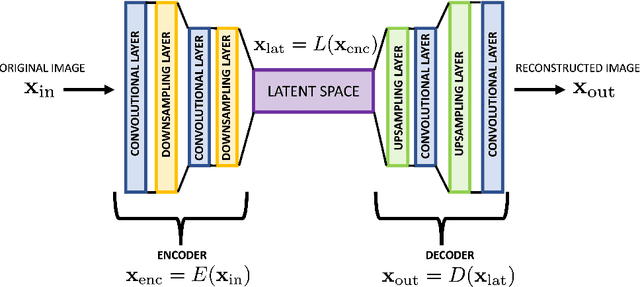
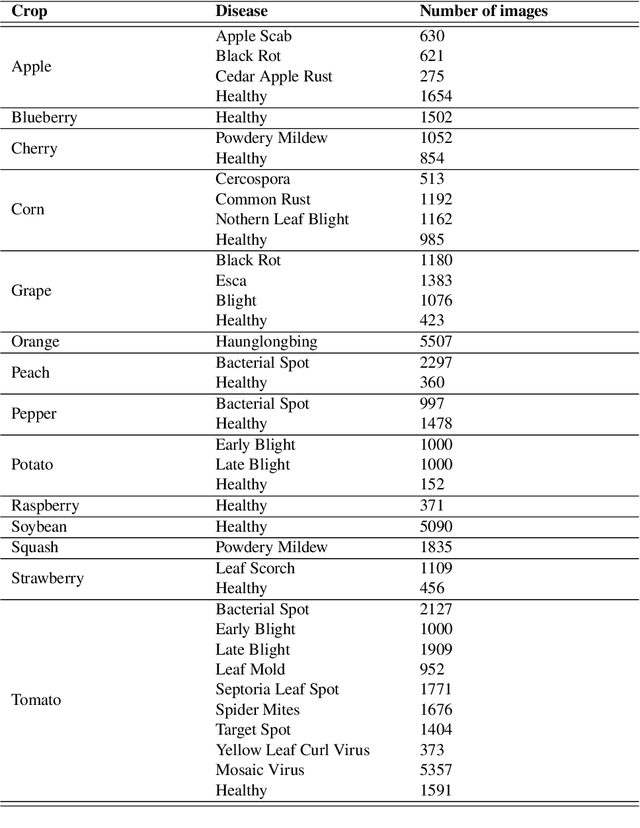
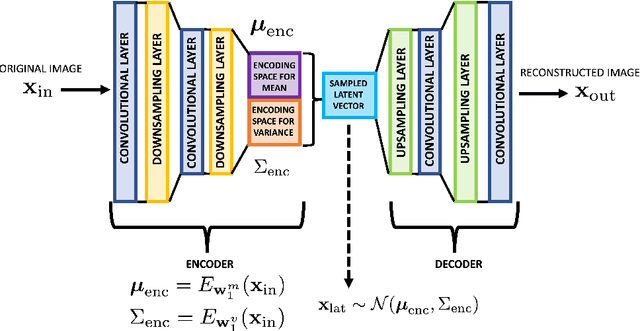

Abstract:The detection and localization of possible diseases in crops are usually automated by resorting to supervised deep learning approaches. In this work, we tackle these goals with unsupervised models, by applying three different types of autoencoders to a specific open-source dataset of healthy and unhealthy pepper and cherry leaf images. CAE, CVAE and VQ-VAE autoencoders are deployed to screen unlabeled images of such a dataset, and compared in terms of image reconstruction, anomaly removal, detection and localization. The vector-quantized variational architecture turns out to be the best performing one with respect to all these targets.
Hierarchical model reduction driven by machine learning for parametric advection-diffusion-reaction problems in the presence of noisy data
Apr 01, 2022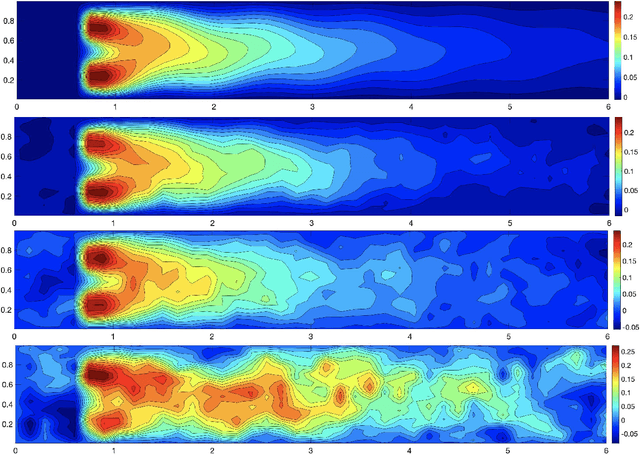
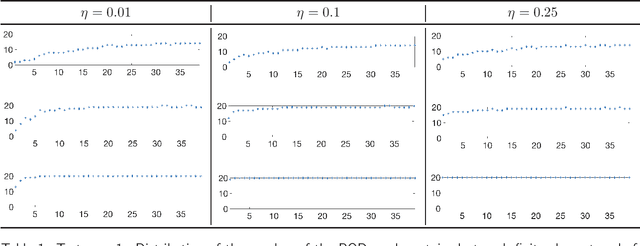
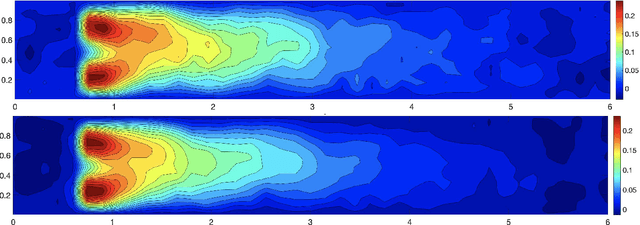
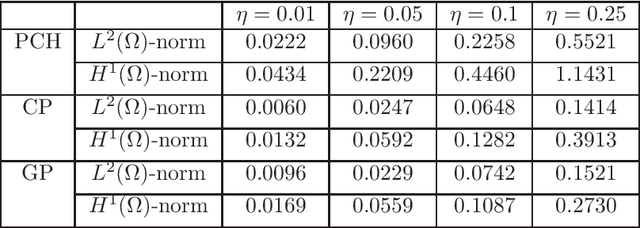
Abstract:We propose a new approach to generate a reliable reduced model for a parametric elliptic problem, in the presence of noisy data. The reference model reduction procedure is the directional HiPOD method, which combines Hierarchical Model reduction with a standard Proper Orthogonal Decomposition, according to an offline/online paradigm. In this paper we show that directional HiPOD looses in terms of accuracy when problem data are affected by noise. This is due to the interpolation driving the online phase, since it replicates, by definition, the noise trend. To overcome this limit, we replace interpolation with Machine Learning fitting models which better discriminate relevant physical features in the data from irrelevant unstructured noise. The numerical assessment, although preliminary, confirms the potentialities of the new approach.
Anisotropic mesh adaptation for region-based segmentation accounting for image spatial information
Dec 19, 2021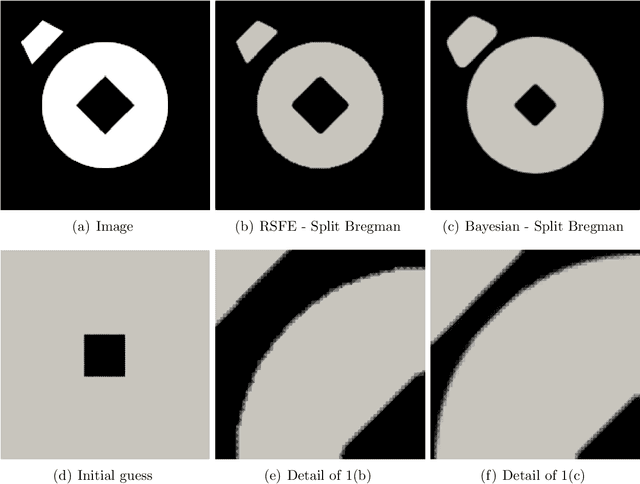
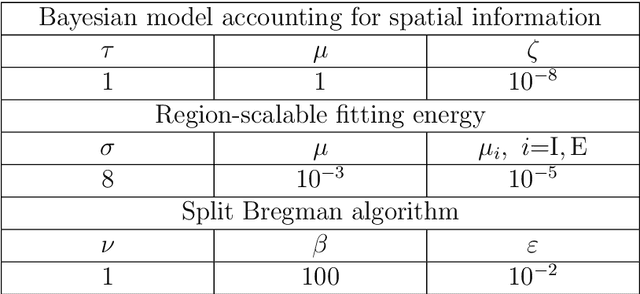
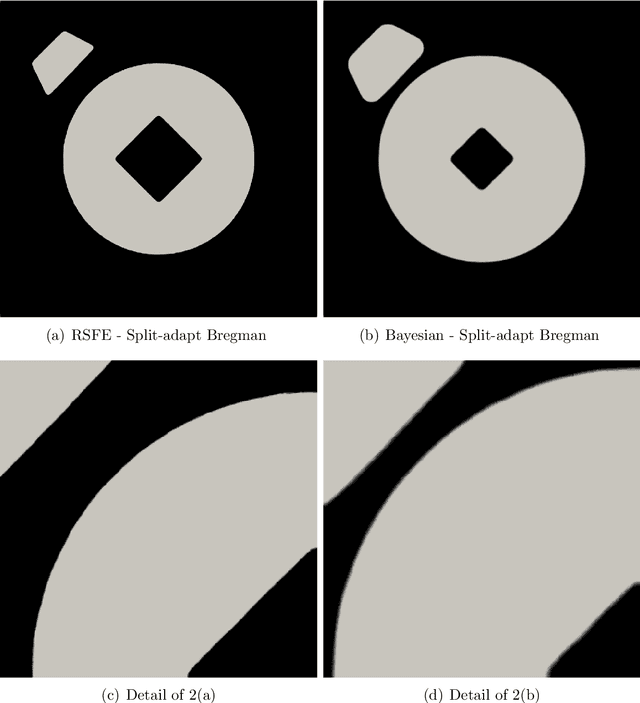
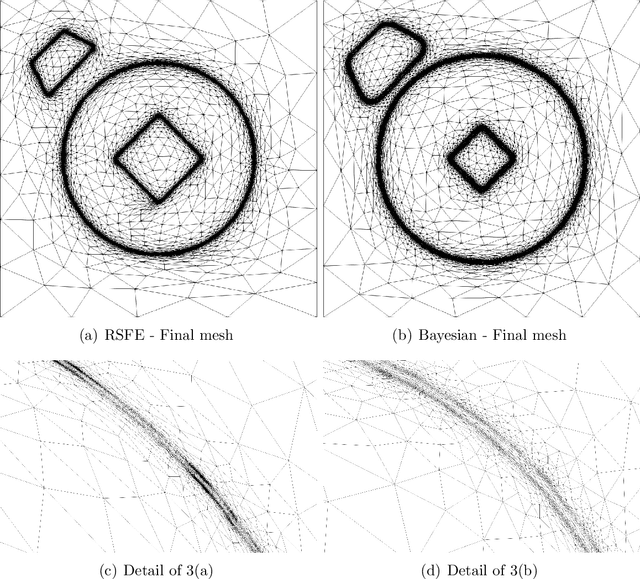
Abstract:A finite element-based image segmentation strategy enhanced by an anisotropic mesh adaptation procedure is presented. The methodology relies on a split Bregman algorithm for the minimisation of a region-based energy functional and on an anisotropic recovery-based error estimate to drive mesh adaptation. More precisely, a Bayesian energy functional is considered to account for image spatial information, ensuring that the methodology is able to identify inhomogeneous spatial patterns in complex images. In addition, the anisotropic mesh adaptation guarantees a sharp detection of the interface between background and foreground of the image, with a reduced number of degrees of freedom. The resulting split-adapt Bregman algorithm is tested on a set of real images showing the accuracy and robustness of the method, even in the presence of Gaussian, salt and pepper and speckle noise.
Scalable Balanced Training of Conditional Generative Adversarial Neural Networks on Image Data
Feb 21, 2021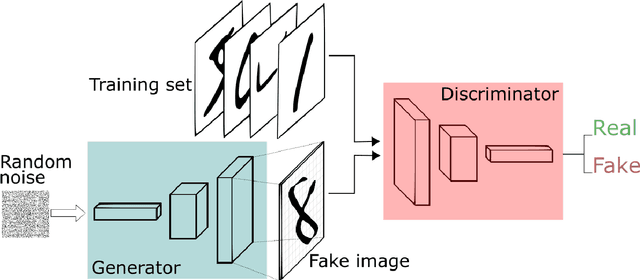
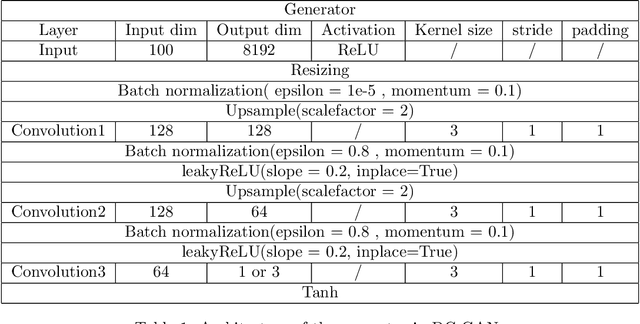
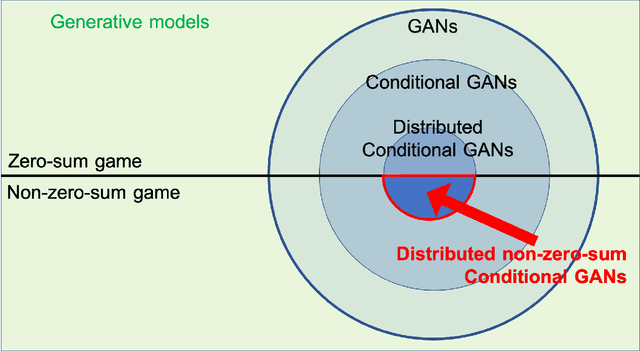
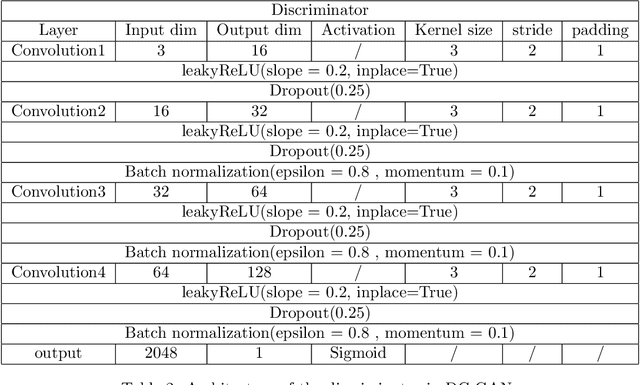
Abstract:We propose a distributed approach to train deep convolutional generative adversarial neural network (DC-CGANs) models. Our method reduces the imbalance between generator and discriminator by partitioning the training data according to data labels, and enhances scalability by performing a parallel training where multiple generators are concurrently trained, each one of them focusing on a single data label. Performance is assessed in terms of inception score and image quality on MNIST, CIFAR10, CIFAR100, and ImageNet1k datasets, showing a significant improvement in comparison to state-of-the-art techniques to training DC-CGANs. Weak scaling is attained on all the four datasets using up to 1,000 processes and 2,000 NVIDIA V100 GPUs on the OLCF supercomputer Summit.
 Add to Chrome
Add to Chrome Add to Firefox
Add to Firefox Add to Edge
Add to Edge